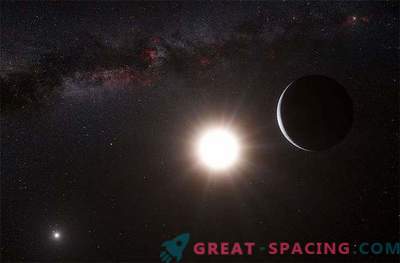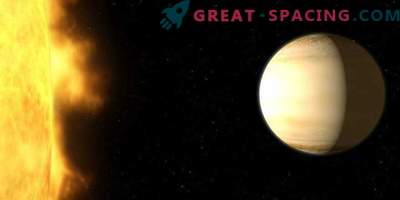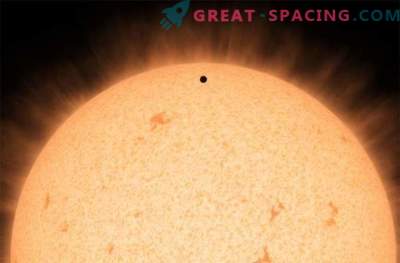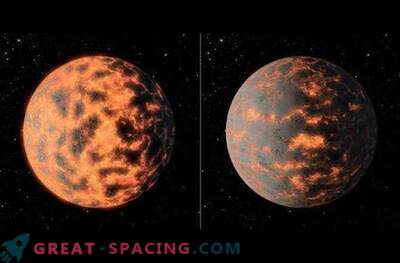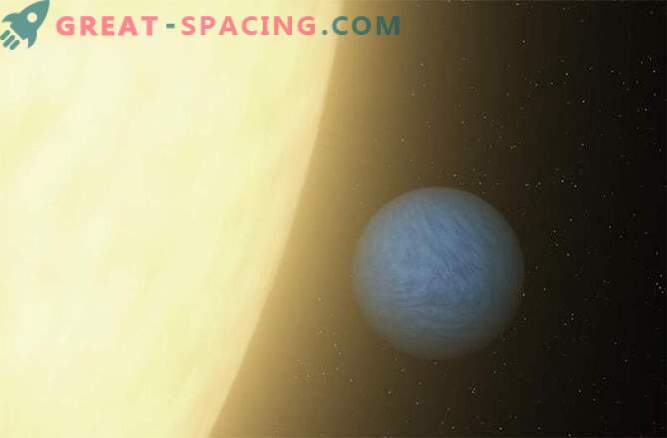
Despite the fact that scientists know for certain about the existence of more than 2000 exoplanets outside our solar system, there is very little information about their composition, climate and suitability for life.
To explore the distant worlds, astronomers are developing a whole new generation of massive telescopes, such as the James Webb space telescope, which is scheduled to launch in 2018. But the construction of massive observatories is not the only direction in the development of planetology. A young team of European scientists states that to observe the exoplanets one can do with much smaller telescopes.
The launch into low Earth orbit developed by the Twinkle satellite team will cost only 79 million dollars. Being in Earth orbit and the satellite will study infrared (thermal) radiation from at least one hundred nearby exoplanets at a distance of several hundred light years from Earth. According to scientists, even a relatively small mirror 50 cm in diameter is enough for such purposes. For comparison, a similar mirror on board the Hubble has a diameter of 2, 4 meters. “We found a whole niche in space exploration, in which much less costly technologies can be dispensed with,” says Giovanna Tinetti, an astrophysicist at University College London. Most of the observed planets have a high surface temperature and are in relative proximity to the Earth. Due to this, the light emitted by the distant worlds in the infrared spectrum is strong enough to allow astronomers to speak with confidence about the composition of the atmosphere, the relief and the climate exoplanets, even with a small telescope.
Among the multitude of open planets of late, the special interest is drawn by 55 Cancer E. This exoplanet rotates around a Sun-like star 55 of Cancer A at a short distance, due to which its surface is heated to a temperature of 2300 degrees Celsius. The planet is too small to talk about its structure, scientists only know that it contains a large amount of carbon - an element inextricably linked with life.
The biggest problem for the development of the project Twinkle is money. The team’s previous development, EChO (2011), whose construction and launch cost was just over half a billion dollars, was denied funding. The new satellite is not only more compact than the previous one, it can operate at a much lower height. Twinkle no need to send a distance of 1.5 million km from the surface Earth, to the second Lagrange point, which significantly reduces the cost of starting the device. The team has already managed to attract the attention of investors from around the world, including Surrey Satellite Technology Ltd, a large company that has participated in several space missions before. According to Giovanna, Twinkle will be directed to the study of nearby planets orbiting very bright stars, and to investigate their radiation in the visible and infrared spectrum. Most of the available space telescopes are not adapted to observe such bodies. In addition, the project has some educational goals and should attract the attention of young professionals to a promising industry.





